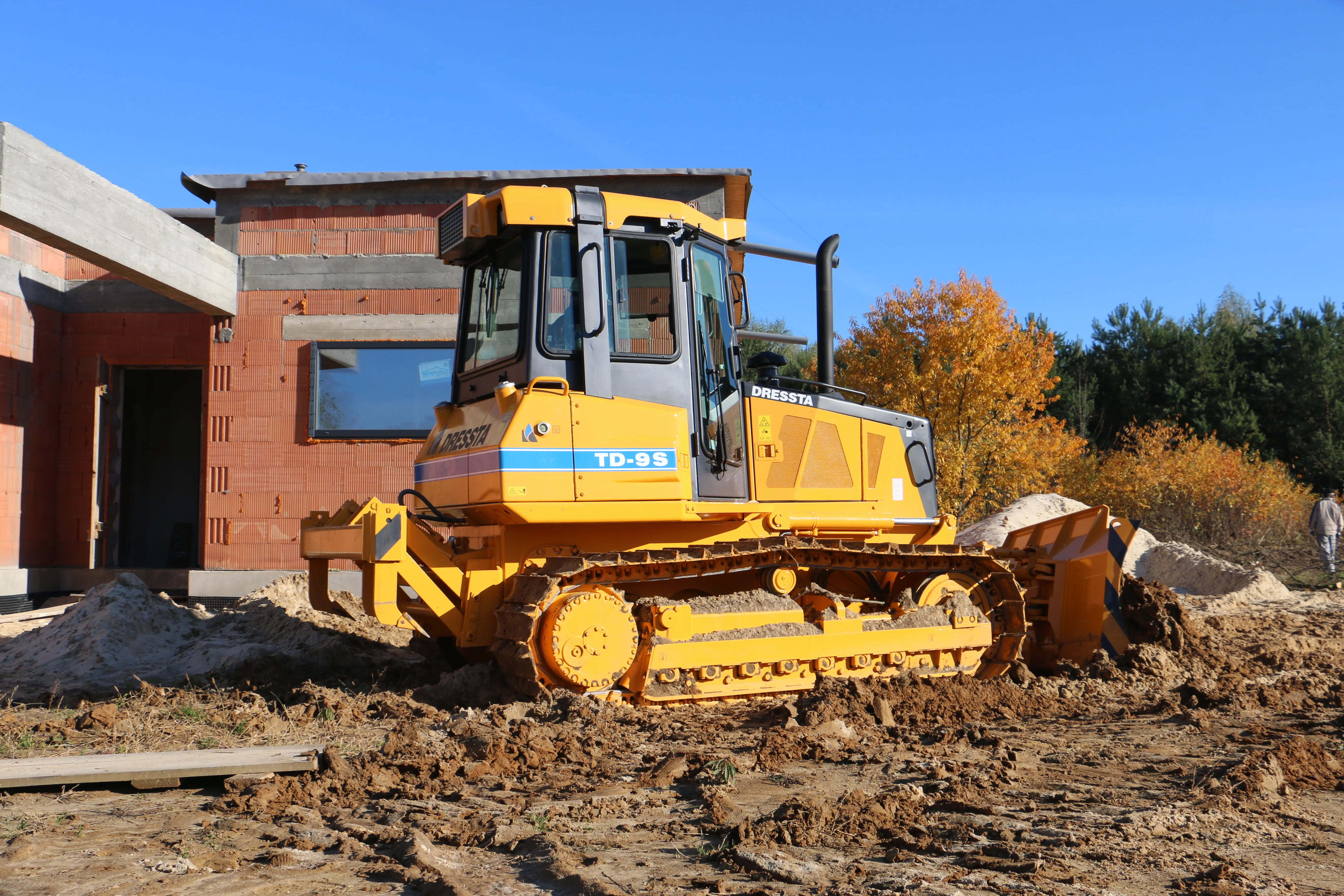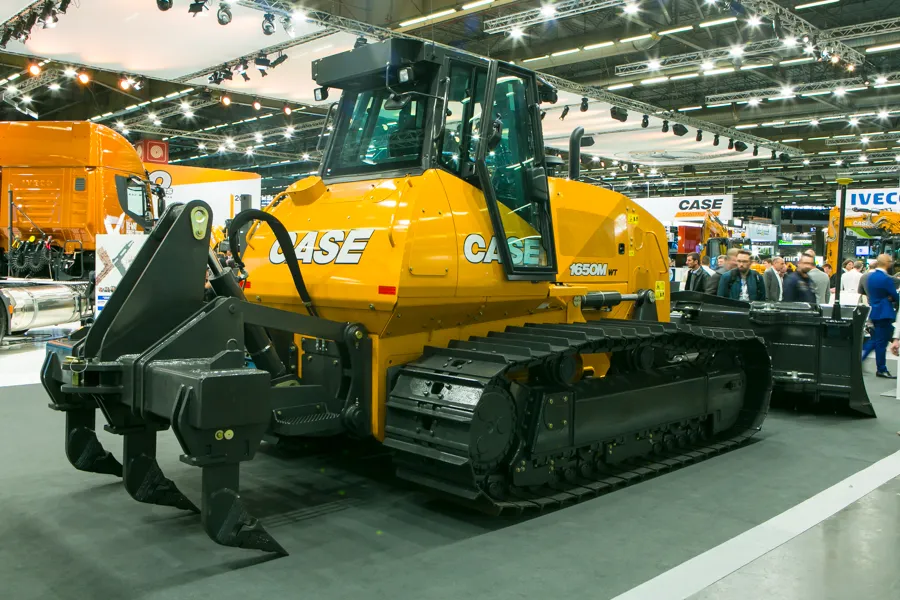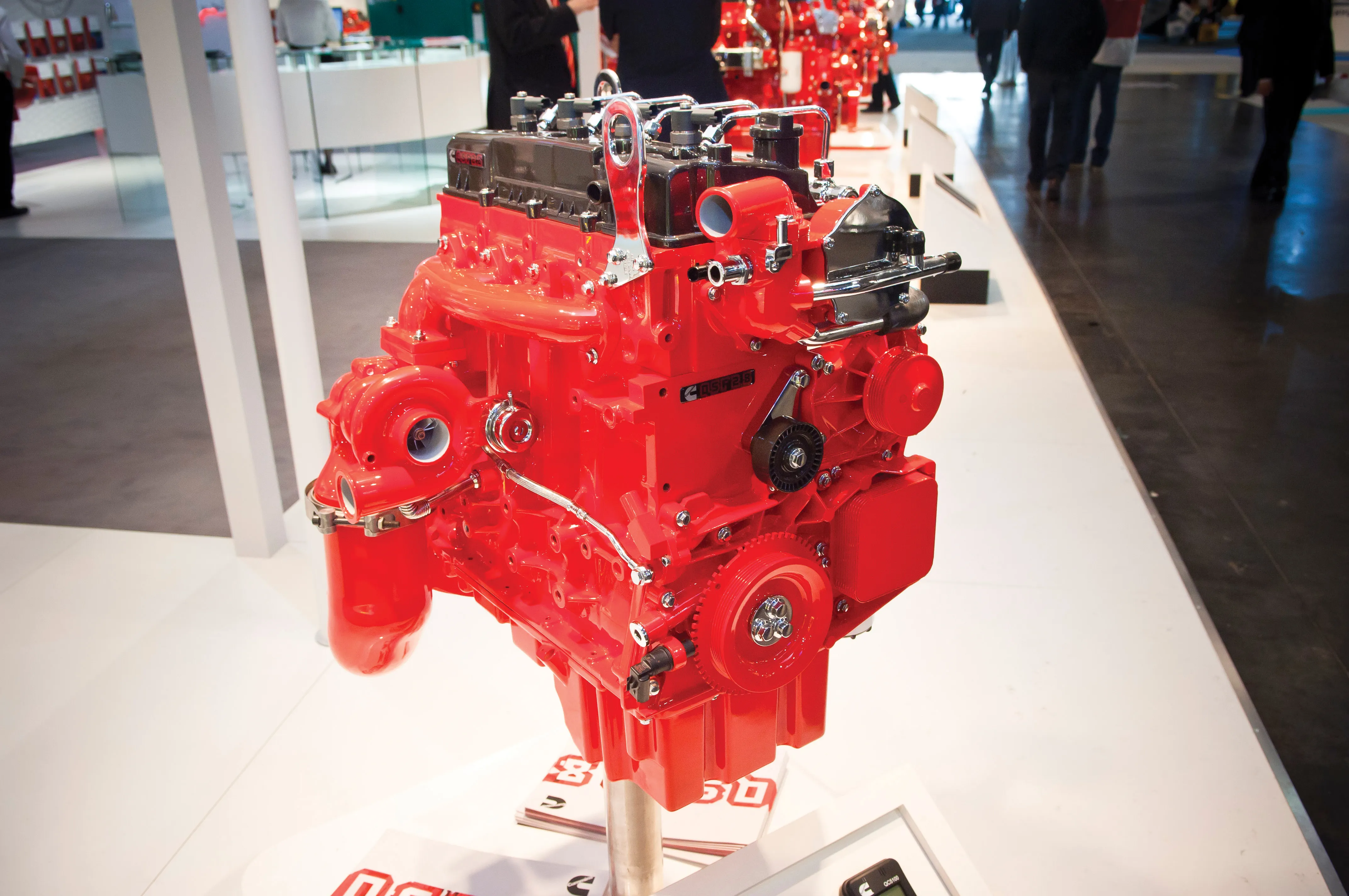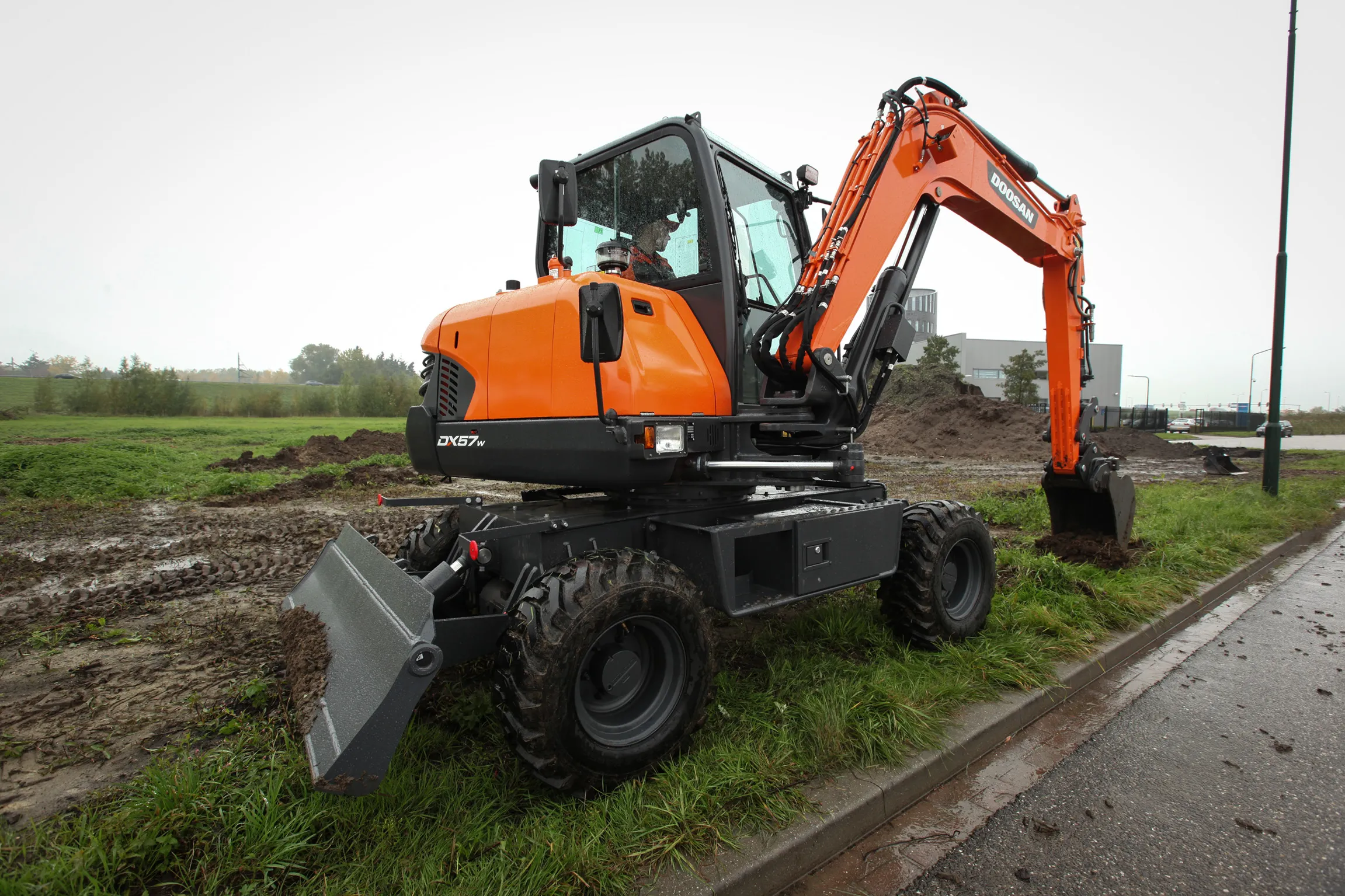Dressta is introducing new hydrostatic drive bulldozers in the shape of its TD-8 and TD-9 models. These S-series dozers meet the latest Tier 4 Final/Stage IV emissions requirements and are powered by Cummins QSF 3.8 diesels rated at 73kW for the TD-8S and 84kW for the TD-9S. Key features for both models are the new cabs, some 30% larger and with 15% more glass area as well as larger doors than before. Ergonomic controls are fitted and an LCD touchscreen in the cab also gives the operator access to key machi
January 6, 2017
Read time: 2 mins

The TD-8S weighs in at 10-10.3tonnes while the TD-9s tips the scales at 11tonnes or 11.3tonnes, depending on whether they have standard long track (LT) or low ground pressure (LGP) undercarriages. Undercarriages are said to be durable for long life, with sealed components to lower wear rates. Blade capacities are 1.84m3 for the standard TD-8S and 2.2m3 for the standard TD-9S while the low ground pressure versions have blade capacities of 2m3 and 2.4m3 respectively. Multishank rippers measuring 378mm for the TD-8S and 500mm for the TD-9S can be fitted if required.









